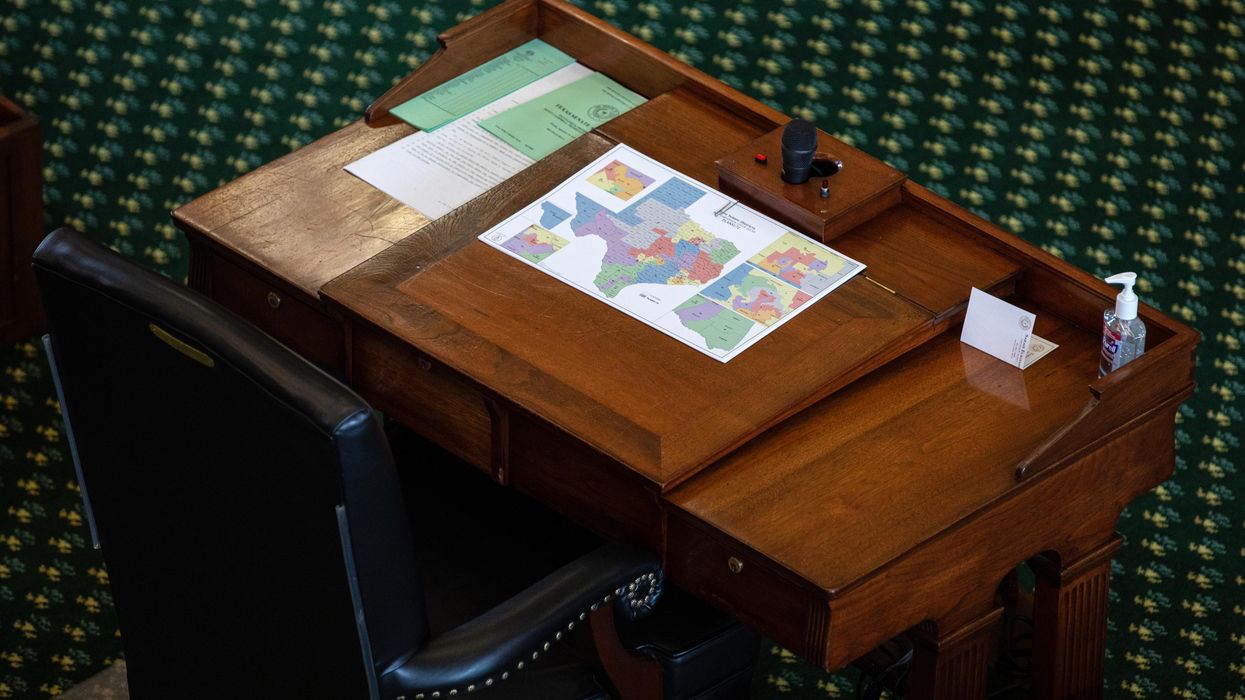Monti is a professor of sociology at Saint Louis University.
Donald Trump presents himself as the greatest defender of American democracy since Abraham Lincoln. His monumental conceit might be dismissed out of hand, except for this: There is some merit to his boast. Surely not in the edifying way he intends but still deserving more serious attention than many Americans would be inclined to give it.
At the heart of the violent legacies left by Lincoln and Trump is the problem of order: imagining the kind of people Americans should become and harnessing the energy of a restive population whose own views on that question could not be ignored.
Lincoln’s presidency brought longstanding and increasingly volatile disagreements on both matters to a head. He could not avoid a Civil War that for a time broke the Union he had sworn to keep intact. In the end, however, the violent resolution to their disagreements tested but ultimately reaffirmed the resilience of our most crucial governing customs and institutions.
As president, Trump and his supporters had a much less inclusive idea about the kind of people they wanted Americans to become. They worked tirelessly to celebrate divisiveness and promote disunity. In the end, however, the short-lived insurrection and attempted coup d’etat he fomented in 2021 only succeeded in reaffirming the legitimacy of the same political customs and institutions that Lincoln gave his life to protect.
The question raised by such a counterintuitive outcome is important, especially considering the political discord and threats of renewed civil unrest and violence some Americans fear is on its way and others hope to use to their advantage.
How could civil unrest and mass violence undertaken with such radically different views about the kind of people Americans should become end up reaffirming rather than undermining the same conventional political values, customs and norms?
My answer to this question is different — a lot different — from the ones being advanced by all the people talking about Trump’s ongoing challenges to election integrity. At the heart of my answer is an unheralded fact about the kinds of public trouble Americans have customarily made on the streets of our towns and cities. It isn’t as unhinged or consequential as we have been taught to believe.
It turns out that Americans are very good at making crowds and using unrest and violence to express their discontent over the ways their leaders behave. We are unpracticed and really bad at making coup d’etats and staging insurrections that topple governments.
There’s something else to bear in mind when we think about the damage that might be done in a second insurrection or an attempted coup d’etat. In the last half-century, Americans have shown themselves to be more reluctant to lay down their own lives or to take someone else’s life in the name of all the causes we take up.
As much as Americans might love or hate Trump, they are not inclined to kill each other to make their feelings clear. The kind of civil unrest Americans practice these days is a great deal less deadly and generally just more civil than it used to be.
It is important to keep this in mind as we try to figure out how likely and bad a second Capitol insurrection would be.
To be sure, the politically inspired unrest and violence of 2020 and 2021 were unprecedented and scary. Given the short time Trump’s first insurrection lasted and how spectacularly his attempted coup d’etat failed, it is difficult to escape the conclusion that neither he nor his supporters in 2021 were as committed to turning our political customs and government institutions as upside down as they made out. They were ready for a street brawl, not a full-fledged political insurrection and coup d’etat.
Skipping ahead to the current election season, Trump has already seen that a second call to arms is unlikely to be as successful as the ones he made in 2020 and 2021. Despite his public pleas, for example, Trump’s supporters didn’t surround the courthouse where his financial misdeeds were being scrutinized this year, and his 2024 rallies aren’t as full as they were four years ago. People also are leaving them well before Trump stops speaking or dancing.
Any attempt to overthrow the government a second time would be likely to end even before it began. Trump didn’t have the support of military leaders to back up his assault on the Capitol in 2021. He would face much stiffer and immediate resistance from civil and military leaders if he tried to pull off a second one in 2025.
This won’t stop Trump from trying again, of course. I believe there will be a second reckoning of some kind in 2025.
Serious scholars and political commentators have warned us this reckoning was coming. They weren’t surprised by Trump’s open embrace of authoritarian values and reactionary policies in the Project 2025 manifesto. The same goes for his courting of violence.
The people warning us about the Trump reboot and its impact on our politics have drawn parallels between his behavior and that exhibited by authoritarian leaders in other countries. They argue further that America came perilously close to going down that road in 2021.
Their concerns are warranted and the evidence backing them up is sobering.
My reading of history, however, suggests that their arguments are more sobering than the evidence is compelling. The reason why has nothing to do with the seriousness of the threat or that law enforcement agencies won’t be prepared this time to repel a violent challenge to the integrity of our elections and the peaceful transfer of power to a new national government.
My prediction of a second failed insurrection, if one happens at all, is that =Trump doesn’t know much about the history of social and political unrest in this country or thinks he can defy the lessons it teaches us. Either way, he won’t be any happier with the results this time than he was in 2021.
The prospect of his failure is written all over our history of social and political unrest.
People and organizations involved in violent encounters with groups they don’t like, leaders they hold in contempt, and public practices they find offensive end their attacks quickly and achieve few, if any, of the goals they set for themselves and the accommodations they demanded.
Even the most dramatic and upsetting social unrest and public violence we see these days reveals something historians have long understood.
People are far less invested in turning the world upside down than in nudging their way into the conversation about the direction they want their communities and governments to move.
This isn’t the violent legacy Donald Trump would have preferred to leave the rest of us to build on. But it’s the best one he could have left us.
Americans, it seems, can live with a lot of social and political upheaval because the people acting out had far more modest goals in mind than their intemperate rhetoric and actions suggested. We would be well advised to keep this in mind as we come to the closing moments of the 2024 election.


















